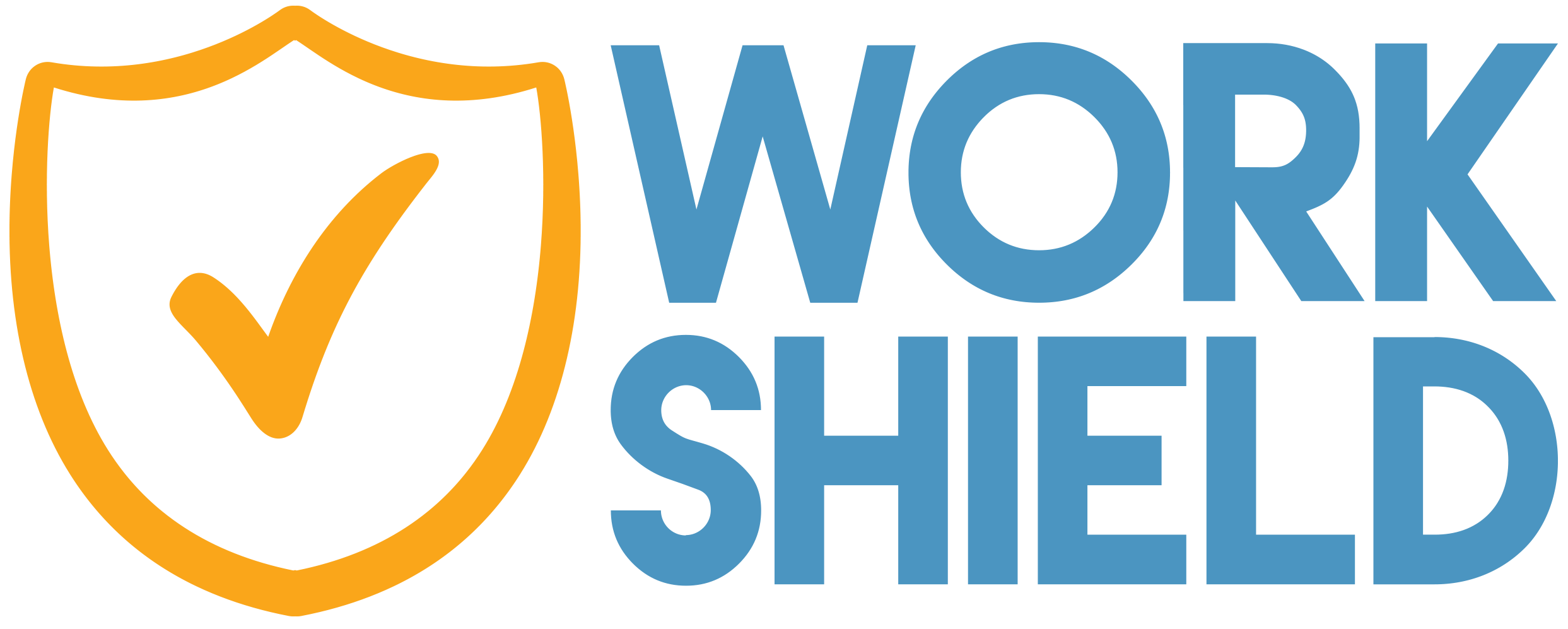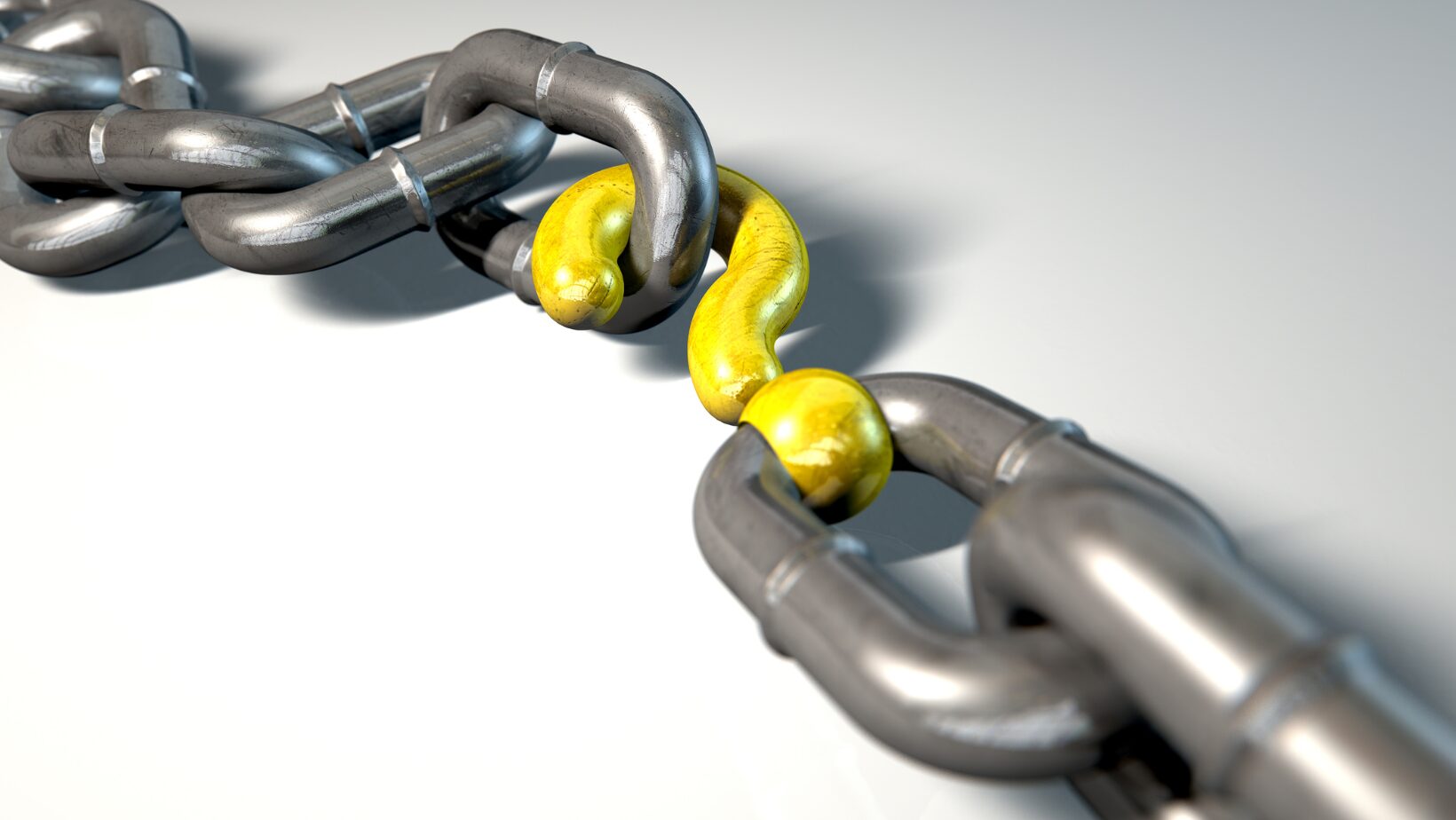An organization’s reputation is a critical component of its success. It can take years to build a reputation that is trusted and respected, and one incident can quickly destroy it all. This damage, which we typically see play out through the media, social networks or even internally can be difficult to combat and recover from.
As reputational risks often arrive without warning, organizations must be able to react quickly to mitigate long-term and sometimes irreversible damage. A 2023 survey by WTW identified reputation risk as a top three concern for 26% of organizations polled. While 95% of respondents acknowledged they have a budget for reputation-damaging events, only 13% said their resilience to reputational issues is very good. Knowing how costly reputational risks can be, it’s important that organizations understand how to safeguard their reputation and take proactive measures to prevent damage.
What is Reputational Risk?
Reputational risk refers to danger, threats or damage made to an organization’s name and brand integrity. Reputation risk can come from both indirect and direct factors and is often unpredictable and damaging. For example, indirect factors can include negative reviews on social media from customers who had a bad experience, or a supplier/investor who demonstrated poor workplace practices. These factors are out of the organization’s control and can come without warning.
Direct factors are actions taken by an organization or its employees that can reflect negatively and be damaging to the organization. This could include a new business policy that violates the law, or employee misconduct such as harassment or violence. Poor misconduct management and poor business practices are two of the top factors that can harm an organization’s reputation. Ultimately, whether the factors are indirect or direct, organizations must respond effectively and quickly when facing an issue that could increase their reputational risk, as the costs are often too great, putting organizations at risk for failure.
What is the Impact of Reputation Risks?
The impact of reputation risk can be broad and wide reaching. Financially, it can cost an organization thousands, or upwards of millions of dollars, depending on the issue. For example, workplace misconduct incidents that go to litigation can cost an organization $160,000 just to settle the claim. Smaller incidents, such as disgruntled customers on social media, may have smaller costs such as the loss of current or potential customers or the requirement to provide additional compensation to those affected. Beyond those external implications, these incidents can also create internal turmoil leading to decreased employee satisfaction, toxicity, turnover and even hiring issues if the issue has been widely publicized. This can cost the organization time, money and resources to repair a brand’s reputation.
For example, a local Walmart in West Virginia recently paid $415,112 as the result of a lawsuit filed by the Equal Employment Opportunity Commission (EEOC). The lawsuit claims a former manager engaged in repeated misconduct, including unwanted sexual advances, sexual harassment, crude remarks and explicit requests for sexual favors in exchange for money or workplace advantages to two female employees. Despite multiple complaints about the misconduct, Walmart failed to intervene and take appropriate action. By not responding to the misconduct allegations quickly, Walmart ended up paying a hefty fine and risked damage to its reputation in the process.
One of the biggest reputational hits an organization faced in recent years was the Facebook and Cambridge Analytica scandal. After the scandal became public, Facebook experienced a 66% drop from trust from its users. After the scandal, only 28% of users polled thought the company was committed to protecting their privacy. In 2022, Meta paid $750M to settle legal action over the suit. Today, Facebook still faces backlash from this scandal and others. In 2024, only 6% of global users polled said they trust the platform with their personal data. The effects of a reputational scandal can be devastating and underscore the importance of proper brand and reputational risk management.
How to Manage Reputational Risk
It’s important for organizations to take a proactive approach to reputation management. From guidelines on how to handle unhappy customers across social networks to a standardized misconduct management process, organizations must be prepared for how to quickly manage and resolve incidents that could hurt their reputations.
Steps to Manage Reputational Risk:
- Respond in a Timely Manner: A Taco Bell in Michigan faced backlash for not acting quickly enough to remove an employee from a store and allowing a toxic workplace to persist for months. While Taco Bell thought they did damage control by removing the employee months later, the EEOC stated the franchise group failed to “take prompt and remedial action” by waiting more than two months to fire the manager. This allowed him to work and continually sexually harass employees during that time. Reacting in a timely, prompt manner is one way organizations can mitigate risking their reputation and brand integrity when a crisis strikes.
- Implement Proper Training: While organizations cannot control all reputational risks, properly trained leadership and team members can help improve responsiveness and effectiveness of issues, such as misconduct incidents, helping employees feel heard, while also decreasing reputation risk during the investigation process.
- Leverage Third-Party Solutions: Utilizing solutions that can not only streamline processes but also help mitigate risk is a critical step to effective misconduct management. Risk management is costly, taking time and resources for team members to handle. Leveraging a third-party solution can alleviate that burden from the organization, while also decreasing risk in the process. For example, a third-party misconduct management solution can remove the burden of the entire process – from reporting, investigation and resolution – saving internal resources and time, while also mitigating potential risks of bias or delays.
Solutions for Reputation and Misconduct Management
Reputation is an asset built through consistent action, not good intentions. Protecting it demands more than awareness. It requires a clear plan and the right infrastructure in place before problems surface.
Organizations that manage reputational risks effectively close the gaps that expose them to financial, legal, and operational fallout. This includes responding to issues quickly, following standardized protocols, and using trusted solutions that remove bias and delay from the process.
Waiting until a crisis hits is not a strategy. Organizations that invest early in proactive systems protect their brand, strengthen resilience, and position themselves for long-term success.
Learn more about Work Shield’s brand and reputation risk management solution and how we help organizations protect what matters most.





